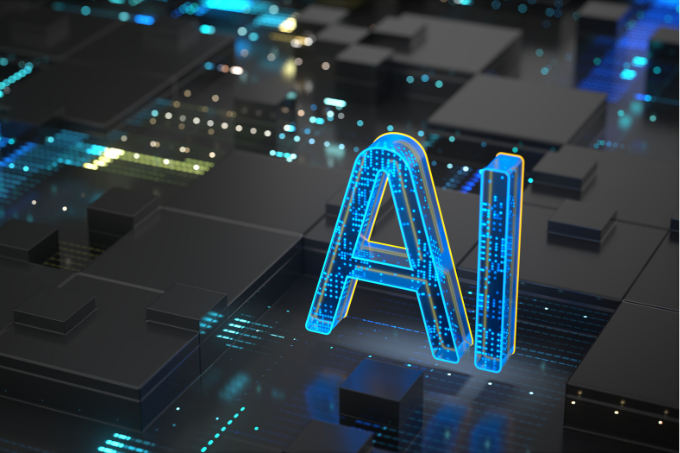Managing AI risks and embracing new opportunities with ISO 42001
Join NQA Commercial Director Sam Roberts as she talks about the exciting development of ISO 42001: The world’s first management system for artificial intelligence.


The explosion of artificial intelligence in everyday life
Artificial intelligence (AI) is on the rise, becoming increasingly part of our lives and featuring in more conversations with each passing day.
Face detection software to unlock our phones, website chatbots, TV show recommendations, essay-writing… we all interact with AI in one way or another, whether we are conscious of it or not.
The technology behind AI is growing to understand our environments, our habits, our likes and dislikes. It gathers this data and responds with one of two predominant forms:
-
Software: Virtual assistants, image analysis software, search engines and speech and face recognition systems.
- ‘Embodied AI’: Robots, autonomous cars and drones.

Artificial intelligence: Force for good or threat to society?
From mainstream media to social media, everyone's view on AI is different.
Some have faith in the technology, believing AI can make a positive difference when applied to industries such as healthcare, manufacturing and transportation.
Others view AI as a danger, with questions over the right to privacy and data protection – not to mention the threat to job security.

A summary of ISO 42001 (Artificial Intelligence Management)
ISO 42001 (Artificial Intelligence Management) is the world’s first standard for this technology, released by the International Organization for Standardization (ISO) at the end of 2023.
![]() The standard specifies requirements for establishing, implementing, maintaining and continually improving an artificial intelligence management system (AIMS) within a business.
The standard specifies requirements for establishing, implementing, maintaining and continually improving an artificial intelligence management system (AIMS) within a business.

What businesses is the ISO 42001 standard for?
ISO 42001 is for entities providing or using AI-based products or services to ensure the responsible development and use of AI systems.
This means that if your business leverages AI, the ISO 42001 standard can be of benefit – no matter what sector or industry you work in.


Ethics, transparency and continual learning
ISO 42001 provides valuable guidance for this rapidly changing field of technology, addressing the unique challenges posed by AI – such as ethical considerations, transparency and continual learning.
For businesses, ISO 42001 sets out a structured way to manage risks and opportunities associated with AI, balancing innovation with governance.

The benefits of implementing ISO 42001
As mentioned at the start of this blog, AI isn’t always viewed in a positive light. The technology is often associated with compromised privacy and data protection.
However, many businesses can reap the rewards of AI – and by following the ISO 42001 management system framework, they can:
-
Better manage the risks and opportunities of AI
-
Demonstrate responsible use of AI
-
Improve traceability, transparency and reliability
-
Boost cost-savings and operational efficiency
As with other ISO standards, ISO 42001 takes a risk-based approach via the Plan-Do-Check-Act (PDCA) methodology. It requires the business - and guides them to - establish, implement, maintain and continually improve their AI management system.

Final thoughts from NQA
In a technology-driven world, AI generates a host of opportunities and risks for customers, businesses and society.
The concept of AI is only expected to evolve further, making certification to ISO 42001 more vital by the day.
NQA is a leading global certification body offering third-party certification. We support clients of all sizes and industries – and perhaps your business will be next.
Learn more about the world’s first standard for AI. Visit our ISO 42001 certification page.
![]() Want to speak to an expert about the ISO 42001 standard? Get in touch with our team today.
Want to speak to an expert about the ISO 42001 standard? Get in touch with our team today.
![]() Learn more about the world's first standard for AI. Visit our ISO 42001 certification page.
Learn more about the world's first standard for AI. Visit our ISO 42001 certification page.

